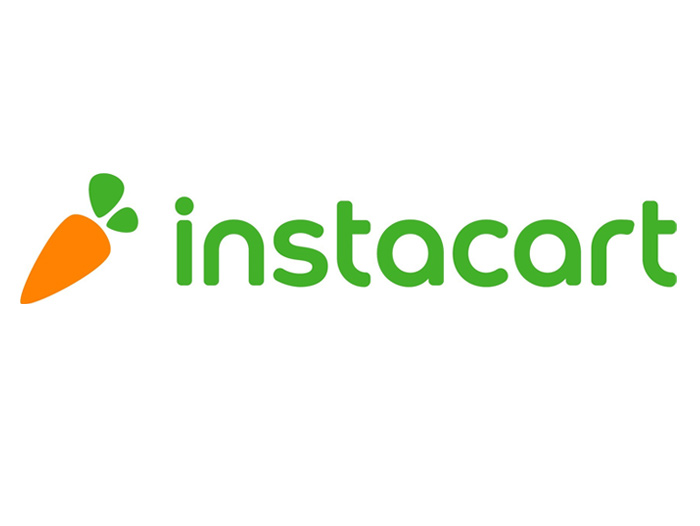Amazon Was Supposed To Kill Instacart. Instead Instacart Became a Mini-Amazon
March 30, 2021 | 2 min to read

When Amazon bought Whole Foods in 2017, the outlook appeared bleak for Instacart. Not only did the grocery delivery startup suddenly have to compete with one of the most sophisticated delivery companies in the world, it also counted Whole Foods as one of its biggest partners at the time. But as the shock of the deal settled, calls started pouring in from grocers who wanted to work with Instacart to gird their businesses against the new threat Amazon posed to them. Four years later, Instacart increasingly resembles Amazon, with hundreds of thousands of workers, deliveries that range from food to office supplies, and reported interest in building high-tech warehouses.
Many tech startups model themselves on Amazon’s approach to business; few actually try to reverse engineer Amazon and compete with it. But that’s part of Instacart’s DNA. It launched in 2012 by comparing itself to Amazon and was positioned by the tech press as wanting to be “the Amazon Prime of grocery delivery.” That may have sounded like hyperbole at the time, but in recent months Instacart has looked more and more like a mini-Amazon.
To read the rest of the story, please go to: CNN
